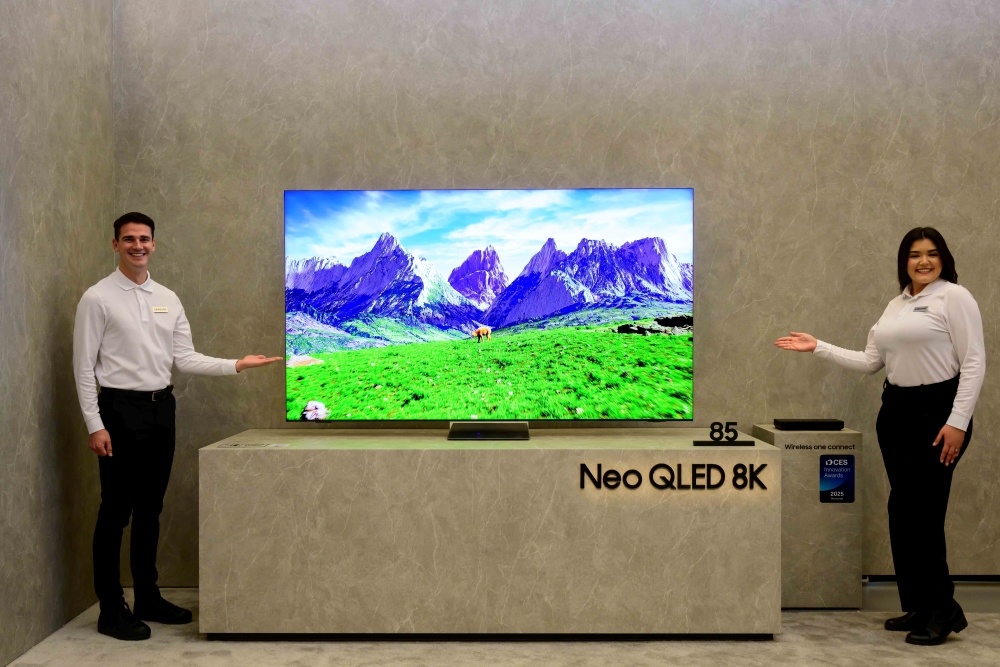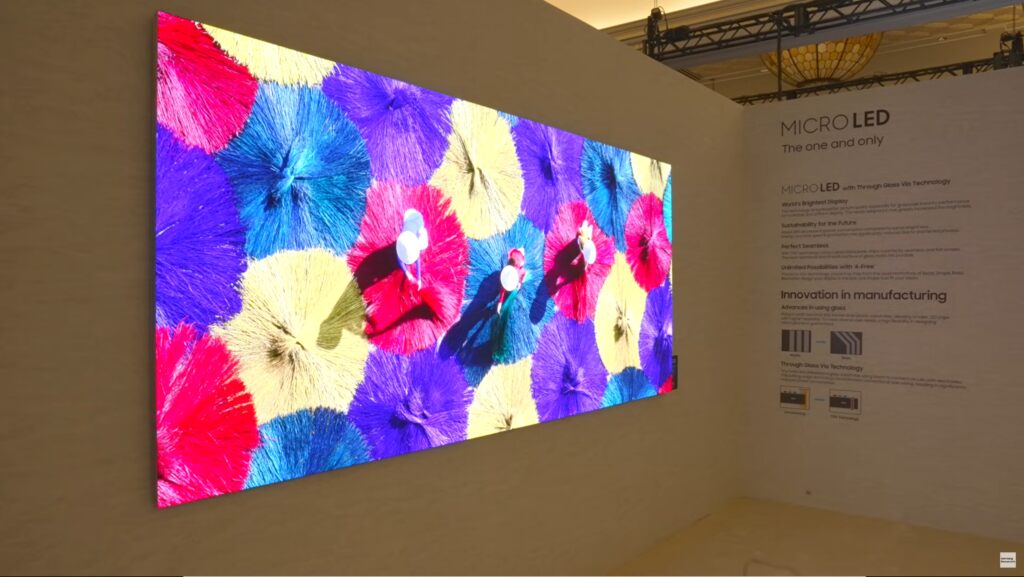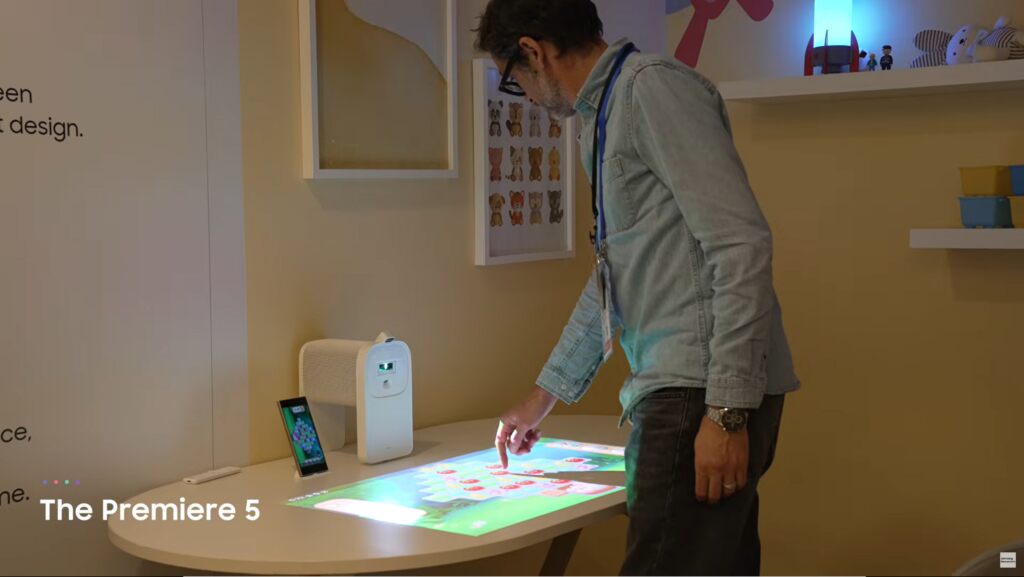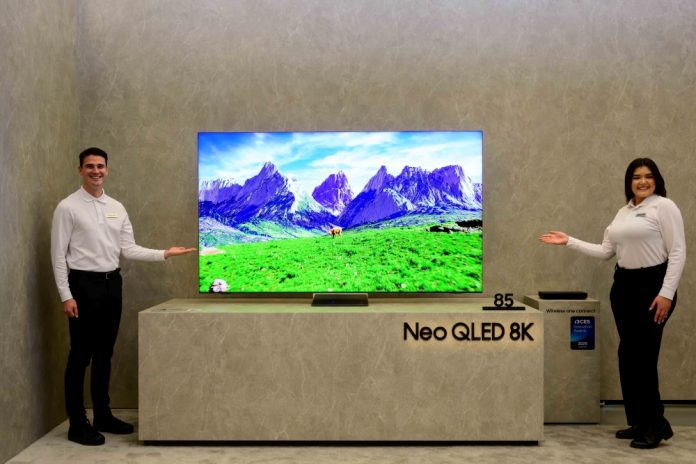During CES 2025, Samsung has showcased its 2025 television lineup with two major highlights: the Neo QLED 8K series and The Frame Pro. Both sets incorporate the newly unveiled Samsung Vision AI, a platform that integrates on-device intelligence for features as varied as real-time translation, cooking guidance, and home security.
This builds on Samsung’s previous AI-related work from 2024, culminating in what the company calls an adaptive and interactive approach to home entertainment.
Neo QLED 8K: Stepping Toward AI-Powered Visuals
Neo QLED 8K models continue the company’s emphasis on high resolution and refined backlighting, drawing from the NQ8 AI Gen3 Processor introduced in 2024. Both sets rely on AI Upscaling to deliver clearer visuals when viewers watch content that falls below native 8K quality, and they feature automated adjustments for contrast, color accuracy, and even audio levels.


Samsung’s goal is to elevate home viewing so that older shows, real-time broadcasts, and recent movies all appear vibrant on a large-screen display.
The Frame Pro, a new member of Samsung’s lifestyle series, blends advanced picture technology with the brand’s tradition of turning idle TVs into artistic displays. While it retains the ability to show digital art or personal photographs on its matte screen, The Frame Pro adds Neo QLED elements to deepen color contrasts.


It also includes the Wireless One Connect Box for less cluttered installations, an attribute that resonates with homeowners who care about aesthetics. According to Samsung, Vision AI powers the television’s capacity to personalize artwork recommendations and engage users with dynamic wallpapers.
Vision AI and Adaptive Features
Samsung Vision AI forms the core of the 2025 lineup’s interactive features, enabling real-time identification of on-screen objects or actors through Click to Search. It also offers Live Translate, which produces near-instant captions for foreign-language content.
In an official statement, SW Yong, President and Head of Visual Display Business at Samsung Electronics, said, “Samsung sees TVs not as one-directional devices for passive consumption but as interactive, intelligent partners that adapt to your needs.”
This perspective underpins Samsung’s plan to link entertainment with practical home functions, including personal cooking aids and security.
Alongside these features, The Premiere 5 triple-laser ultra-short-throw projector and MICRO LED Beauty Mirror represent Samsung’s broader drive to reimagine how screens fit into household routines.


For example, The Premiere 5 supports an interactive touch layer, inviting users to engage more directly with their projected content. Though not the central focus, such products illustrate the brand’s approach of letting screens handle tasks beyond typical TV programming.
Cooking Assistance and Home Security
Samsung Food remains a core AI-driven service, described by the company as “It’s truly the ultimate AI sous chef.” An outgrowth of the previously acquired Whisk platform, this cooking assistant detects and suggests recipes related to the on-screen dish.
By syncing with a user’s mobile device, it creates grocery lists and integrates with delivery services. Meanwhile, Samsung AI Home Security “transforms your TV into a smart security hub… helping you stay connected to your home while ensuring the safety and well-being of your loved ones,” the company says.
Collaborations with Microsoft and Others
Another thread in the company’s announcements is the collaboration with Microsoft to include Copilot services in specific Samsung Smart TVs and Monitors. This partnership could grant users a more unified environment for productivity and content discovery, though details on how Copilot integrates with Vision AI remain limited. Samsung also hints at upcoming initiatives with Google and other AI firms, suggesting continuous enhancements to this integrated platform.
Availability and Outlook
Samsung says it will reveal pricing and release windows for all 2025 models in the coming months, with shipments likely to begin in the spring. In many markets, 8K media is still sparse, but the company’s AI Upscaling hopes to address the present lack of native 8K content.
By combining upgraded hardware with additions like real-time translation, cooking guidance, and adaptive security alerts, Samsung is broadening what a TV can accomplish. Whether consumers embrace these capabilities remains to be seen, but the Neo QLED 8K and Frame Pro sets indicate a strategic shift toward more interactive and service-focused screens.

